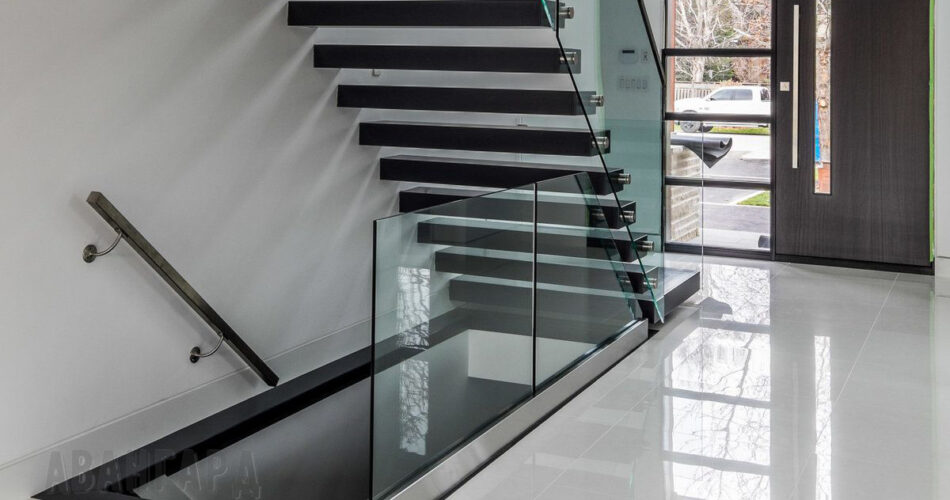Glass railings https://artlookglass.com/ are not just visually appealing; they also embody ergonomic and functional aspects that are essential in modern architectural design. The integration of ergonomics in glass railing design focuses on user comfort, safety, and usability, making these features not only aesthetically pleasing but also practical and efficient. This article explores the ergonomic and functional aspects of glass railings.
User Comfort and Accessibility
Adapting to User Needs
Ergonomics in glass railing design is about adapting to the needs and comfort of the user. This includes considering the height of the railings for comfortable use by people of various statures and ensuring the handrails are at an optimal position for ease of grip.
Accessibility Considerations
Glass railings in public and commercial spaces are designed with accessibility in mind. This involves ensuring that they are usable by individuals with different abilities, including those with mobility challenges.
Safety and Ergonomics
Ensuring Safety Standards
Safety is a critical aspect of ergonomic design. Glass railings are made from tempered or laminated glass to prevent breakage and injury. The edges of the glass are often smoothed and rounded to eliminate sharp corners.
Ergonomic Handrails
Handrails on glass railings are designed for comfort and ease of grip. The materials used for handrails, such as wood or metal, are selected for their tactile quality and temperature neutrality, ensuring they are comfortable to touch in various weather conditions.
Visual Ergonomics and Space Perception
Enhancing Spatial Experience
Glass railings contribute to visual ergonomics by enhancing the spatial experience. Their transparency helps in creating an open and airy feel, making spaces appear larger and more inviting.
Reducing Visual Clutter
The minimalist design of glass railings helps in reducing visual clutter in a space. This is particularly beneficial in smaller areas or environments where a sense of openness is desired.
Versatility and Adaptability
Flexible Design Options
Glass railings offer flexibility in design, allowing for customization in terms of size, shape, and style. This adaptability makes them suitable for various architectural contexts, from residential balconies to commercial staircases.
Integration with Various Architectural Styles
The versatility of glass railings enables them to be integrated with a range of architectural styles. Whether it’s a modern, minimalist setting or a more traditional environment, glass railings can be designed to complement the overall aesthetic.
Maintenance and Longevity
Low Maintenance Requirements
From an ergonomic standpoint, the ease of maintenance is an important factor. Glass railings are relatively easy to clean and maintain, requiring only regular wiping to keep them looking pristine.
Durability for Long-Term Use
The durability of glass railings is a key functional aspect. High-quality glass and robust fittings ensure that these railings can withstand the test of time and continuous use, making them a practical choice for both indoor and outdoor applications.
Conclusion
The integration of ergonomics and functionality in glass railing design is essential in creating spaces that are not only visually appealing but also comfortable, safe, and user-friendly. By focusing on user comfort, safety standards, visual ergonomics, versatility, and ease of maintenance, glass railings prove to be a practical and efficient solution in modern architectural design. They embody a perfect blend of form and function, enhancing the user experience in both residential and commercial settings.
